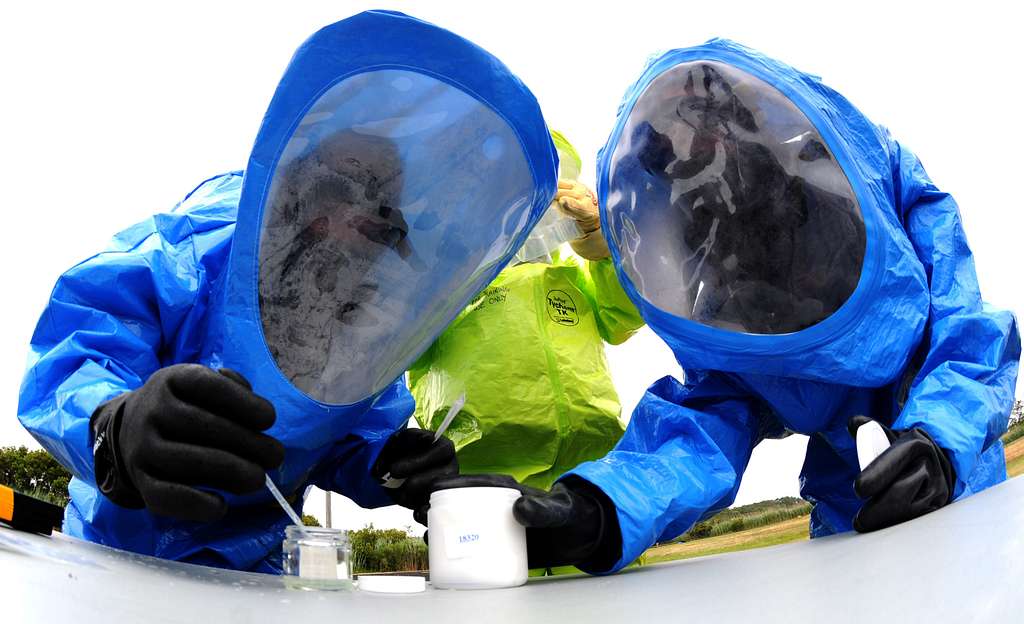
Personal Protective Equipment (PPE) is made from a variety of materials, each chosen for its ability to protect workers from specific hazards such as heat, chemicals, physical impacts, and electrical risks. The material selection directly impacts the functionality, durability, and comfort of the PPE, ensuring that it provides effective protection in diverse working environments. This article explores the materials commonly used in PPE, their specific applications, and how they contribute to safety in different industries.
The materials used in PPE are designed to provide the necessary protection while maintaining comfort and durability for workers across various industries.
What Materials Are Commonly Used for Protective Gloves?
Protective gloves are essential for safeguarding hands from cuts, burns, chemicals, and electrical hazards. The materials used in gloves vary depending on the specific type of protection required.
| Material | Purpose | Common Uses |
|---|---|---|
| Nitrile | Chemical resistance, durability | Chemical handling, medical applications |
| Leather | Abrasion resistance, flexibility | Construction, heavy-duty handling |
| Kevlar | Cut resistance | Handling sharp objects, glass, and metal |
| Rubber | Waterproofing, electrical insulation | Electrical work, wet environments |
| Neoprene | Chemical resistance, elasticity | Handling oils, acids, and bases |
| Polyphenylene ether (PPE) | Waterproofing, electrical insulation,heat | Electrical work, wet environments |
| Latex or vinyl | moisture resistance | Healthcare |
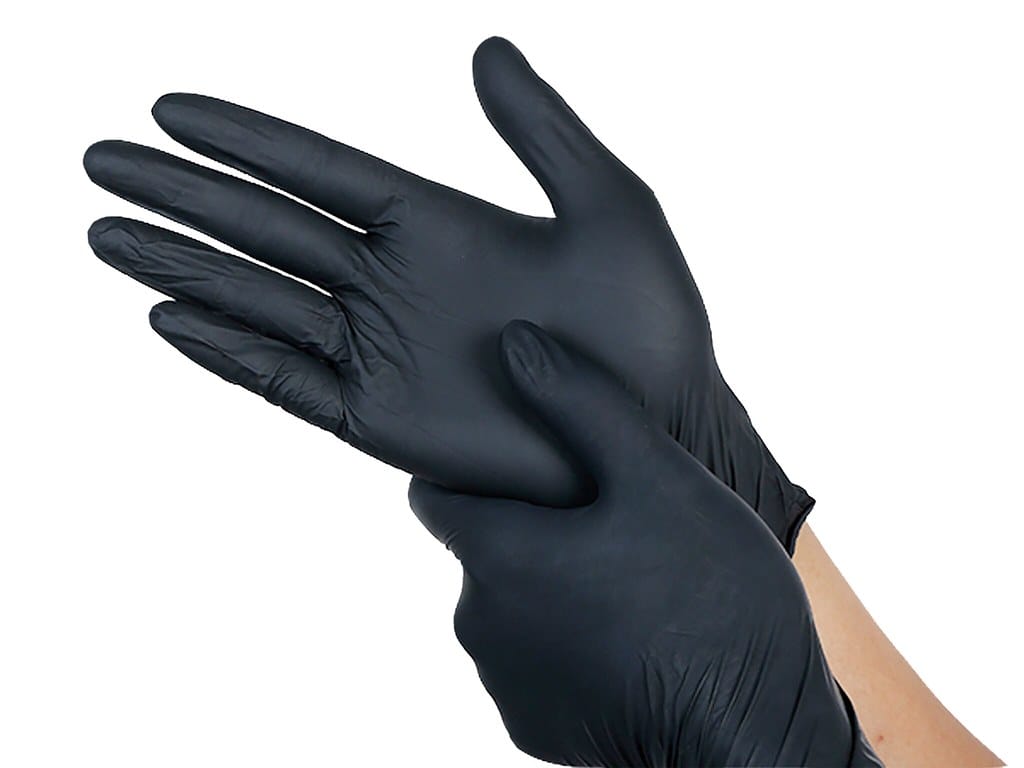
Key Considerations:
- Nitrile: Offers superior puncture resistance and is ideal for chemical handling due to its impermeability.
- Kevlar: Provides high cut resistance, making it suitable for high-risk industrial environments.
- Leather: Used for general-purpose protection, offering durability and flexibility in construction and manufacturing.
How Does the Material Choice Affect PPE Durability?
The durability of PPE is directly influenced by the materials used. For example, PPE made with strong, abrasion-resistant materials lasts longer and provides better protection in harsh working conditions.
Material Durability Factors:
- Resistance to Wear and Tear: Materials like Kevlar and leather are durable and resistant to abrasion, making them ideal for high-contact tasks.
- Chemical Resistance: Nitrile and rubber are often used for gloves and boots because they resist degradation when exposed to chemicals.
- Weather Resistance: Fabrics like Gore-Tex and polyester blends offer protection against the elements, including wind and rain, while maintaining breathability.
The longer a PPE item lasts without degradation, the more cost-effective and reliable it becomes for workers in demanding industries, reducing the need for frequent replacements.
What Materials Are Used in High-Visibility Clothing?
High-visibility clothing is designed to ensure that workers are easily seen in low-light or high-risk environments. The materials used must enhance visibility while also providing comfort and durability.
| Material | Purpose | Common Uses |
|---|---|---|
| Fluorescent Polyester | Brightness in daylight and low-light conditions | Vests, jackets, and shirts for construction and road work |
| Retroreflective Tape | Reflects light from vehicles and machinery | Reflective stripes on jackets, pants, and helmets |

Key Considerations:
- Fluorescent Materials: These materials are bright and visible in daylight, making them ideal for high-visibility clothing worn by workers in traffic zones.
- Retroreflective Tape: When headlights or external light sources hit this tape, it reflects the light back to its source, making workers visible in darkness or low-light conditions.
For high-visibility clothing to be effective, it needs to combine both fluorescent materials for daytime visibility and reflective materials for night-time safety.
How Do Materials Differ for Respiratory Protection?
Respiratory protection, including masks and respirators, relies on specific materials to filter out harmful particles, gases, and vapors while ensuring comfort and proper fit.
| Material | Purpose | Common Uses |
|---|---|---|
| Activated Carbon | Filters gases and vapors | Gas masks, organic vapor respirators |
| Polypropylene | Lightweight, breathable, and moisture-resistant | Particulate respirators (N95, FFP2) |
| Silicone | Durable, flexible, and hypoallergenic | Full-face respirators, reusable masks |
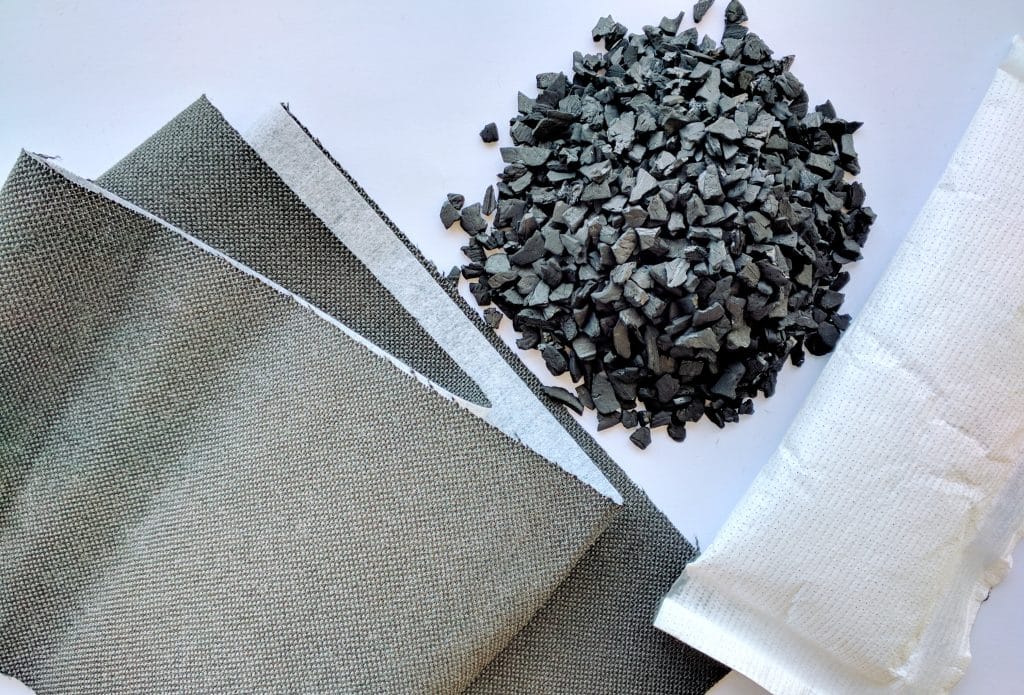
Key Considerations:
- Activated Carbon: Used for filtering harmful gases and vapors, often seen in gas masks and chemical respirators.
- Polypropylene: The material used in disposable respirators like N95 masks, offering a balance of filtration and comfort.
- Silicone: Preferred for reusable respirators due to its flexibility and durability, providing a good seal for extended wear.
Materials used in respiratory protection must strike a balance between filtration efficiency and wearer comfort, especially for tasks requiring prolonged use.
What Are the Key Properties of Fire-Resistant Fabrics in PPE?
Fire-resistant (FR) fabrics are critical for protecting workers from flames and high heat. These fabrics prevent ignition and help reduce burn injuries in environments where fire hazards are present.
| Material | Purpose | Common Uses |
|---|---|---|
| Nomex | Heat and flame resistance | Firefighter suits, industrial protective clothing |
| Kevlar | High strength and heat resistance | Protective gloves, clothing for metalworking |
| Modacrylic | Flame resistance and comfort | Fire-resistant coveralls and garments |
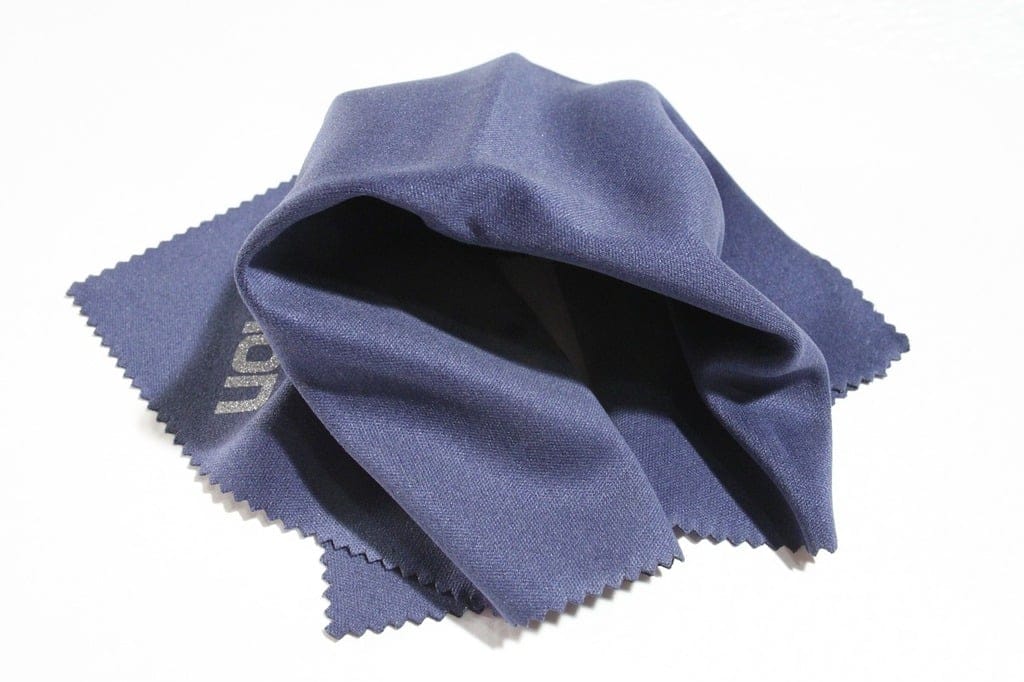
Key Considerations:
- Nomex: A widely used material for fire-resistant clothing due to its ability to withstand high temperatures without burning or melting.
- Kevlar: Known for its high strength-to-weight ratio and flame resistance, making it ideal for gloves and clothing in high-risk industries.
- Modacrylic: Offers inherent flame resistance while maintaining comfort, often used in protective clothing worn by industrial workers.
Fire-resistant fabrics are designed to prevent burns and provide thermal protection in industries like firefighting, metalworking, and chemical processing.
How Are Anti-Toxic Materials Incorporated into Protective Suits?
Protective suits are often made with materials that provide resistance to toxic substances, such as chemicals, biological agents, and radiation.
| Material | Purpose | Common Uses |
|---|---|---|
| Tyvek® | Barrier against dust, chemicals, and biological agents | Chemical suits, hazmat suits |
| Butyl Rubber | Resistant to hazardous chemicals and gases | Chemical-resistant gloves, boots |
| Neoprene | Provides chemical, heat, and oil resistance | Industrial protective suits, gloves |
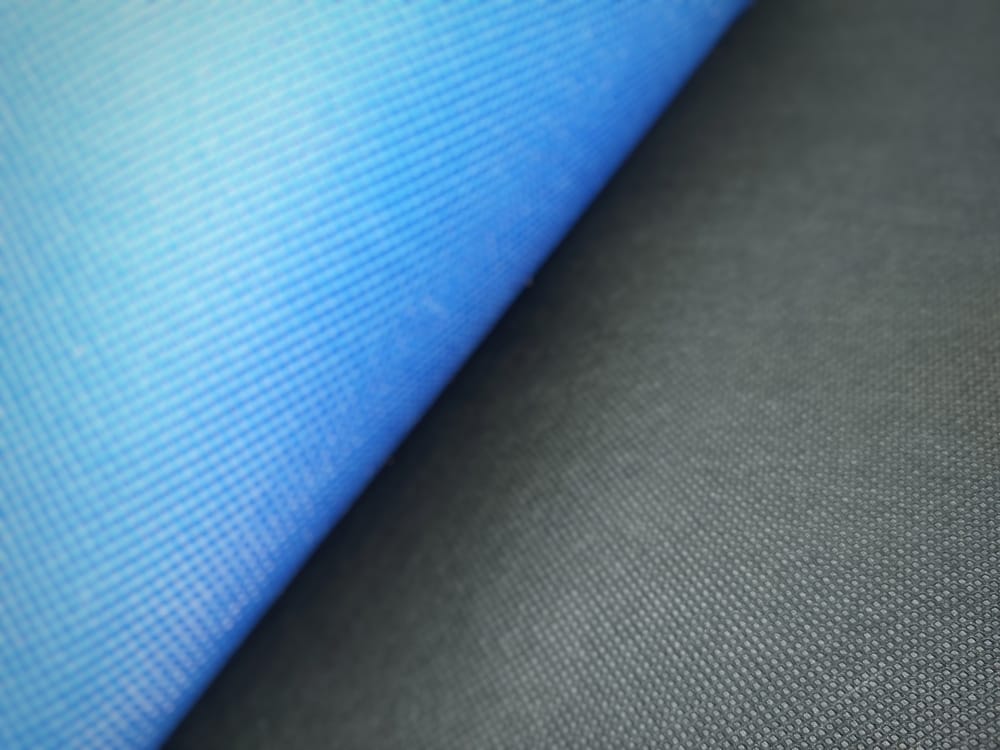
Key Considerations:
- Tyvek®: A lightweight material that provides excellent barrier protection against dust and chemicals, commonly used in disposable protective suits.
- Butyl Rubber: Offers superior chemical resistance, making it suitable for gloves and boots used in environments with hazardous substances.
- Neoprene: Known for its flexibility and chemical resistance, neoprene is often used in suits that protect against oils, acids, and alkalis.
Anti-toxic materials are essential in protecting workers from exposure to hazardous chemicals, particularly in industries like pharmaceuticals, oil and gas, and agriculture.
Conclusion
The materials used in PPE are chosen based on the specific hazards workers may face on the job, whether it’s chemical exposure, high heat, electrical risks, or the need for visibility. Understanding the properties of each material—such as flame resistance, chemical resistance, or insulation—ensures that PPE is effective in protecting workers. Whether it’s gloves made of nitrile for chemical protection, fire-resistant fabrics for high-heat environments, or retroreflective tape for visibility, the right materials are crucial for maintaining safety in hazardous work environments. By choosing the appropriate PPE based on the materials that best match the risks, employers can ensure their workers stay protected, healthy, and safe.
Zion Zhang
Recent Posts
 Thermo-Adaptive Fabrics: Dynamic Microclimate Control for Extreme Heat Environments2025年12月8日In high-temperature environments—whether in Middle Eastern […]
Thermo-Adaptive Fabrics: Dynamic Microclimate Control for Extreme Heat Environments2025年12月8日In high-temperature environments—whether in Middle Eastern […] Choosing the Right Fabric Blend by Industry2025年12月6日How CVC, TC, and High-Strength Fiber Blends Shape […]
Choosing the Right Fabric Blend by Industry2025年12月6日How CVC, TC, and High-Strength Fiber Blends Shape […] Functional Fabric Trends 20252025年12月3日Performance, Sustainability, and Smart Innovation Driving […]
Functional Fabric Trends 20252025年12月3日Performance, Sustainability, and Smart Innovation Driving […] Why Global Buyers Are Shifting Toward Lightweight Protection2025年12月2日Hygiene, Comfort, and Safety in a New Era of Performance […]
Why Global Buyers Are Shifting Toward Lightweight Protection2025年12月2日Hygiene, Comfort, and Safety in a New Era of Performance […] Top Workwear Fabric Innovations to Watch in the Next 3 Years2025年12月1日Workwear is entering a new era where materials science, […]
Top Workwear Fabric Innovations to Watch in the Next 3 Years2025年12月1日Workwear is entering a new era where materials science, […] Supplier Opportunity: Selling Tracking-Enabled Workwear as a Service2025年11月27日The Future of Safety, Compliance, and Workforce […]
Supplier Opportunity: Selling Tracking-Enabled Workwear as a Service2025年11月27日The Future of Safety, Compliance, and Workforce […]
CONTACT US
- Feel free to contact us any time. We will get back to you as soon as we can!
- +86-17330061805
